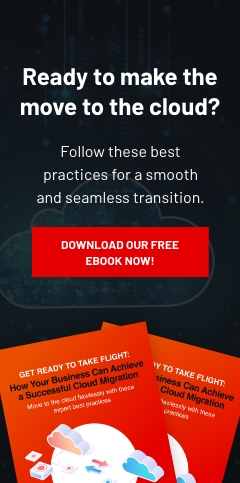It's been almost a year since the COVID-19 pandemic changed the world. Businesses in Southern California along with the rest of the world had to adjust to lockdown restrictions and stay-at-home orders to ensure the continuity of their operations. This included shifting to a work from home setup. In order to stay in touch with colleagues, managers turned to video conferencing apps like Zoom and Microsoft Teams to hold meetings.
Video conferencing soon became the norm, and it became not only a tool for business meetings but for connecting with friends and family as well. Some schools also started using video conferencing apps to hold online classes. However, people began to feel exhausted and burned out from constant Zoom meetings, resulting in a phenomenon called "Zoom fatigue."
What is Zoom fatigue?
Zoom fatigue, also called Zoom burnout or virtual meeting fatigue, is the feeling of exhaustion after attending too many video meetings. Some experts believe that it's a result of continuous partial attention (CPA), a cognitive process that allows people to focus on a primary task while scanning for other relevant tasks that are just as or more important. CPA during Zoom meetings often leads to cognitive fatigue and information overload that leave you drained and exhausted. Other signs that might indicate you have Zoom fatigue include:
- Low productivity
- Migraines or headaches
- Difficulty concentrating
- Lack of motivation
- Social detachment
- Anxiety
- Depression
How to prevent Zoom fatigue
Since remote work and stay-at-home orders are not going away anytime soon, video conferencing will be here for the long run as well. Here are some tips on how you can avoid getting Zoom fatigue.
1. Take breaks
Attending back-to-back video conferences in a single day is a sure way to get Zoom fatigue, so schedule at least a 30-minute break between meetings. This gives you enough time to use the restroom, make a cup of coffee or tea, relax, and prepare for the next meeting.
2. Set an agenda and be sure to follow it
There are times when Zoom meetings last longer than they need to, and this can quickly lead to Zoom fatigue. To ensure your meetings stay on track and finish on time, set an agenda or itinerary and share it with the participants. This way, attendees will know the purpose and duration of the meeting, and what's expected of them. Make sure that the meeting doesn't go over the scheduled time and prevent the participants from straying from the topic.
3. Designate meeting-free days
If you and your team are starting to feel Zoom fatigue, you can agree to not book any meetings on particular days. It's even better if you can designate only one day a week for meetings.
4. Use other mediums
Not all company meetings require face-to-face communication — sometimes, a phone call is more than enough. Using email and chat-based platforms like Slack is also a good way of minimizing video meetings and Zoom fatigue.
5. Replace Zoom meetings with recorded videos
Sometimes recording a video to kick off a new project, provide feedback, and brainstorm can replace an online meeting. Recording a video allows you to be clear, efficient, timely, and personal. Also, it won't be as disruptive to your team because they can focus on their tasks first and watch the video at a later time.
6. Don't schedule meetings after work
Just because you work at home doesn't mean you have to be on call 24/7. Avoid scheduling meetings after work, as this can contribute to additional stress and exhaustion. When your shift ends, make it a point to walk away from your workspace and do something relaxing like reading a book or doing yoga.
Zoom fatigue is real, but these tips will help you minimize most of its negative effects and keep your team productive. If you want to learn more about how to improve your remote team's productivity, download our FREE "Make remote working work for your business" eBook. This eBook will help you develop a work from home policy that works. Download yours today.



Leave a comment!